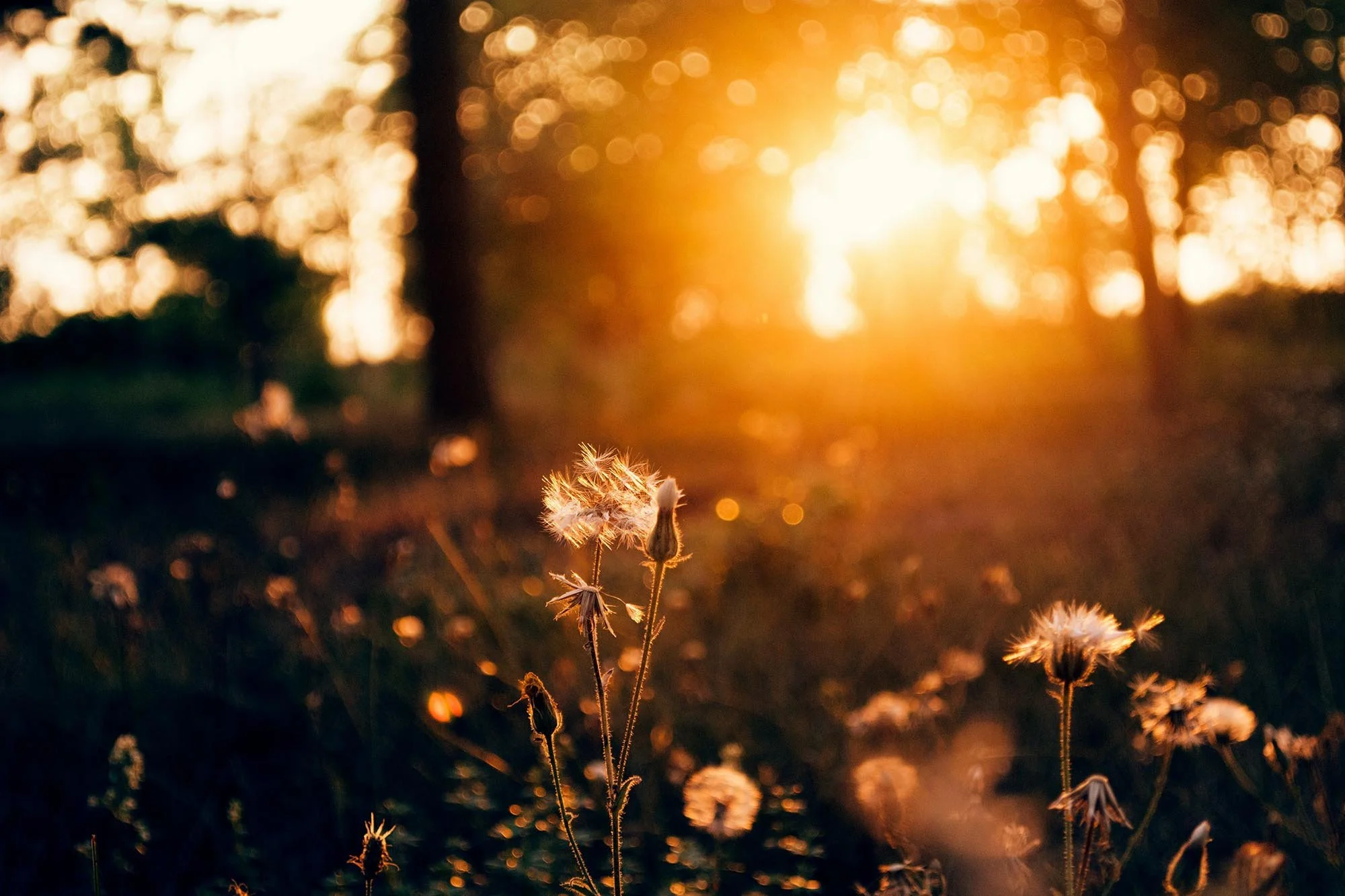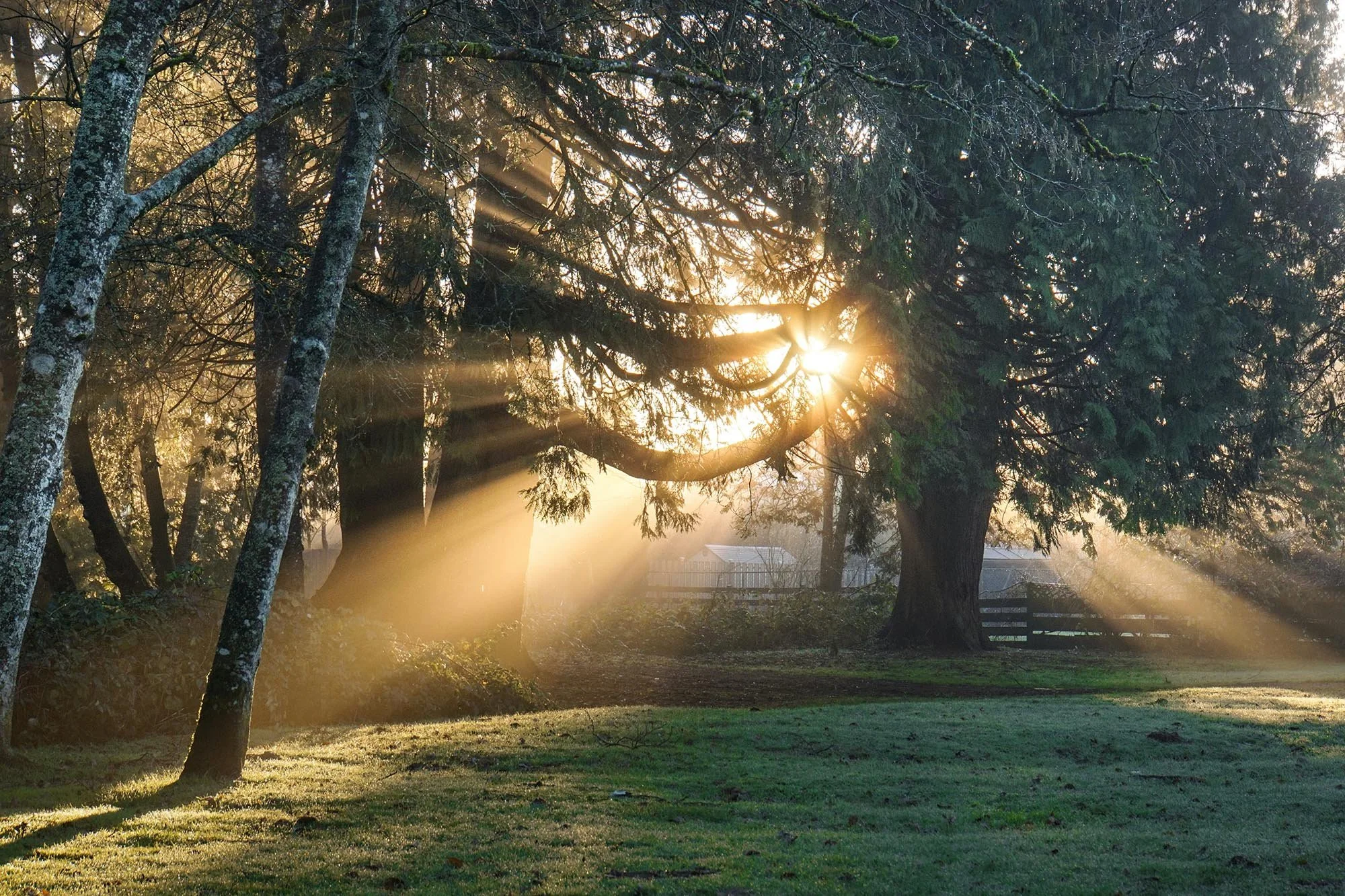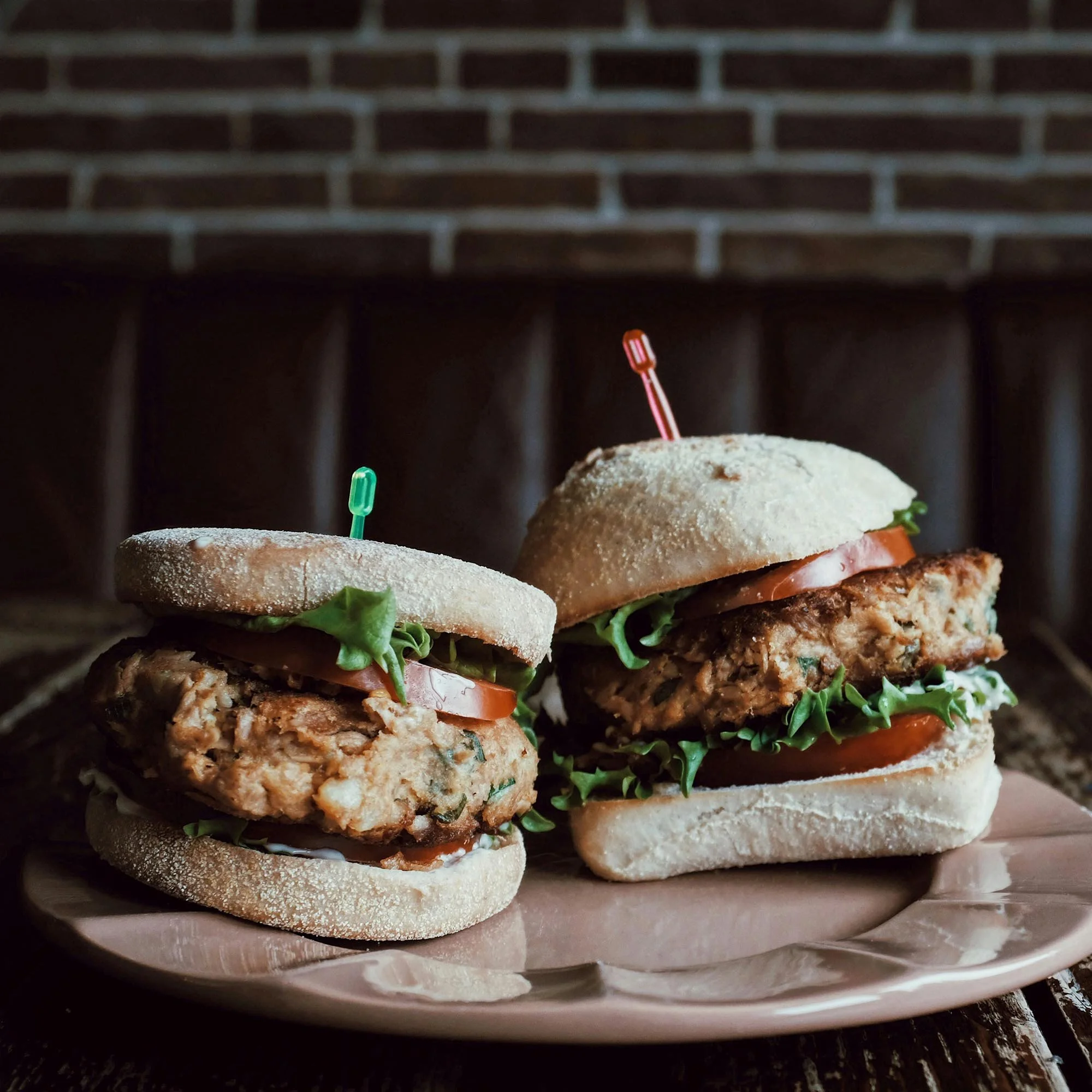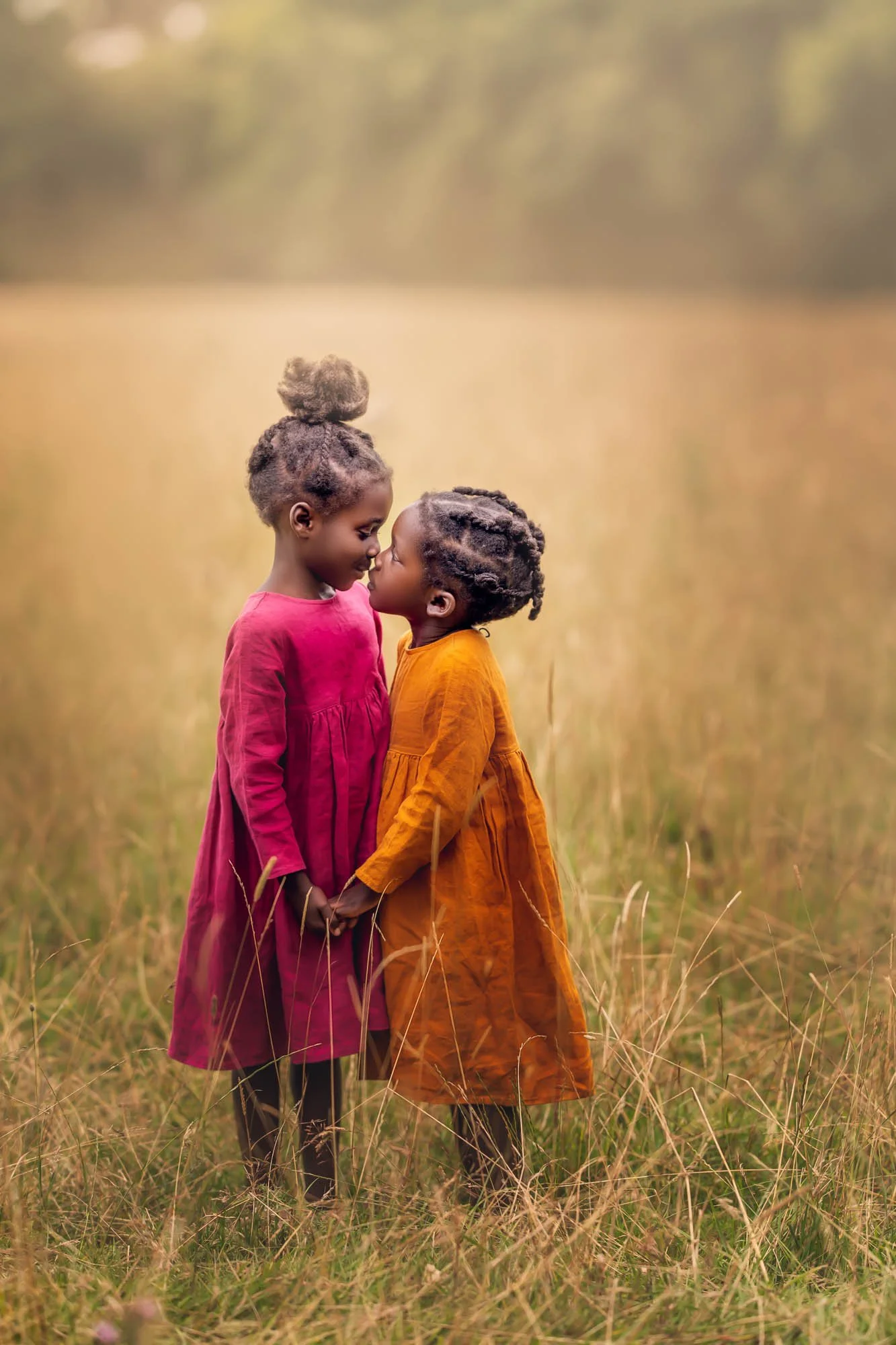Natural Light Photography - Beginner’s Guide To Fantastic Imagery
In photography natural light is one of the most powerful tools at your disposal. It’s free, accessible, and can add a level of authenticity and beauty that artificial lighting sometimes struggles to replicate. Whether you’re shooting portraits, landscapes, or everyday moments, understanding how to use natural light effectively can dramatically improve your photos.
In this guide, we’ll explore the fundamentals of natural light photography, how to harness it for different situations, and advanced techniques that will help you take your images to the next level.
What is Natural Light Photography?
Natural light photography refers to the use of light that is naturally available in the environment, as opposed to artificial lighting. The primary source is the sun, but this includes both direct sunlight and indirect light such as reflected or diffused sunlight. Even when you're not shooting in direct sunlight, you're still using natural light if you're relying on ambient daylight.
Natural light photography can produce stunning images that feel organic, warm, and inviting. By learning to work with this light source, you can make the most out of whatever natural lighting conditions you encounter.
Ann Tsvetknova on Unsplash
Darren Brockman on Unsplash
The Basics of Natural Light Photography
Before you dive into more advanced techniques, it's essential to understand the key components of natural light and how they affect your photography.
Alicja Koczaska on Unsplash
The Direction of Light
The direction from which light is coming plays a key role in how your subject appears in the frame. Understanding the angle of the sun is crucial for getting the best results.
Front Lighting: Light coming directly from behind the photographer, illuminating the subject evenly. This is ideal for evenly lit, detailed shots and tends to create sharp, vibrant photos.
Side Lighting: Light coming from the side of the subject. This creates shadows and texture, making it great for adding depth to portraits or emphasizing shapes and lines in landscape photography.
Backlighting: When light comes from behind the subject, creating silhouettes or glowing edges around your subject. Backlighting can be dramatic and works particularly well when shooting in the early morning or late afternoon light.
Micheile Henders on Unsplash
Light Intensity
The quality of natural light refers to how hard or soft the light is. This is determined by the size of the light source and whether it’s diffused.
Hard Light: Light that is direct and creates sharp shadows (e.g., midday sun). Hard light can emphasize texture and create a high-contrast, dramatic effect.
Soft Light: Light that is diffused, either by clouds, windows, or reflectors, leading to softer shadows and a more even, flattering illumination (e.g., overcast days). Soft light is often preferred in portraiture as it reduces harsh shadows and evens out skin tones.
Maryam Sicard on Unsplash
Yulia Khebnikova on Unsplash
The Colour of Light
Natural light changes colour throughout the day and is often warmer in the early morning and late afternoon (known as golden hour) and cooler in the midday. Colour temperature in measured in Kelvin. It's named after the Kelvin scale, which measures absolute temperature.
Lower Kelvin values (2000-4000K) represent warmer, more orange/yellow light.
Higher Kelvin values (5000-9000K) represent cooler, more blue light.
Neutral daylight is around 5500K.
Understanding how this affects your photos will help you shoot in different lighting conditions without needing heavy post-editing.
Warm Light: Occurs at sunrise and sunset, giving a golden, reddish hue that can make photos feel warm and inviting. The colour temperature at sunrise or sunset is around 2000K, which appears as yellow, red, or gold. This warm light is due to the increased scattering of shorter-wavelength sunlight by atmospheric particulates, known as the Tyndall effect.
Neutral Light: Occurs midday when the sun is at its most vertical – it provides a colour temperature closest to neutral white. The colour temperature reaches about 5500K at noon, which is close to neutral white.
Blue Hour: This occurs twice daily:
1. Just before sunrise
2. Shortly after sunset
During these brief periods, the indirect sunlight creates a soft, predominantly blue illumination with a colour temperature that can reach up to 10,000K.
Overcast or Shaded Areas: Even during midday, shaded areas or overcast skies can produce cool light with colour temperatures ranging from 6500K to 10,000K.
Understanding these variations in cool light can help photographers capture different moods and atmospheres in their images, often without the need for extensive post-processing.
Thanos Pal on Unsplash
How to Use Natural Light for Different Types of Photography
Building on these concepts, let’s explore how to get the best out of natural light in each area of photography.
Alexandre Dinaut on Unsplash
Portrait Photography with Natural Light
Portrait photography often benefits from soft, diffused light, which creates flattering results for skin tones and minimizes harsh shadows, so using natural light for portraiture works really well.
Golden Hour: The hour after sunrise and the hour before sunset is often considered the best times for portrait photography. During this time, the light is warm and diffused, creating a soft glow around the subject. The lower angle of the sun also results in longer shadows, adding depth and interest to your images.
Overcast Days: When the sky is covered with clouds, the sunlight is diffused, creating a natural softbox effect. This reduces shadows and helps to balance the light on the subject, making it an excellent choice for close-up portraits or when you want a more even, flattering look.
Backlighting: Positioning your subject so that the light comes from behind them can create a dramatic, glowing effect. To avoid underexposure, you can either use a reflector to bounce light onto the subject's face or increase your camera’s exposure.
Using natural light for portrait photography. Taken from our Fine Art Family Portraiture Course with Sujata Setia.
The natural light is coming from behind the subject. Taken from our Fine Art Family Portraiture Course with Sujata Setia.
Shot on an overcast day, giving a soft lighting effect.
Best times to harness natural light for Landscape Photography
The direction and colour of natural light are just as important when shooting landscapes, so this is definitely something you should be factoring in when you’re planning a landscape photo shoot.
Golden Hour: Just like with portraits, golden hour light works beautifully for landscapes. The warm light creates rich contrasts and enhances textures, particularly in nature scenes like forests, deserts, or oceans.
Midday Light: While it’s often harsh and not ideal for portraits, midday light can be great for certain types of landscape shots, especially if you want to highlight strong contrasts, bold colours, or clear skies. It’s also when shadows are shortest, which can be useful for capturing details of architectural or outdoor subjects. Example image
Cloudy or Overcast Skies: Cloud cover can help to create a soft, diffused light that reduces harsh shadows and is ideal for shooting in areas with a lot of texture such as woodland.
Taken from our Forest Photography Course with Jack Lodge.
Product Photography with Natural Light
When shooting products, you want to make sure the natural light is soft and even to avoid harsh shadows and overexposed highlights. Natural light comes in handy when you’re photographing food or products and aiming for a homemade or cosy feel.
Diffused Light: Position your product near a large window with sheer curtains, or on a light-coloured surface, so the light is softened. This will help minimize harsh reflections and make your product stand out without overpowering glare.
Reflectors: A white or silver reflector can bounce light back onto your subject, filling in shadows and creating a more even light distribution.
Product photography shot inside with natural light.
Get access to ALL our online courses - 1000’s of videos, worksheets, critiques of members work, personalised support and much more with our monthly membership.
Advanced Tips for Natural Light Photography
Looking to take your natural light photography even further? Here’s some useful tips to level up your practice and master using natural light in your photography.
Using Reflectors and Diffusers
Reflectors and diffusers are useful tools when working with natural light. Reflectors bounce light onto your subject, helping to fill in shadows, while diffusers soften harsh light.
Reflectors: You can use a simple white foam board, a mirror, or professional reflectors to bounce light back onto your subject. Gold or silver reflectors can add warm or cool tones or enhance highlights.
Diffusers: If the light is too harsh, a diffuser can soften it and create a more flattering look. You can buy a collapsible diffuser or use household items like sheer white fabric or a white bed sheet.
Using sheer white fabric as a natural light diffuser to soften the light coming in from the window.
White foam board is used here as a reflector to bounce the light from the window back onto the subject.
Shoot in RAW Format
Natural light can sometimes lead to tricky exposures, especially when you’re dealing with backlighting or varying light conditions. Shooting in RAW format allows you to preserve all the data from the image, giving you more flexibility when it comes to post-processing. This is particularly helpful for adjusting exposure, white balance, and recovering details in both highlights and shadows.
Manual Mode & Exposure Settings
Whether you're using a DSLR, mirrorless camera or even a film camera, taking control of your exposure settings is crucial when working with natural light. You have less control over the scene as you’re not setting your own lighting conditions, so you need to know how to adapt your settings to get the shot!
Shutter Speed: To avoid motion blur, use a faster shutter speed, especially when shooting handheld. A good rule of thumb for handheld shots is to set the shutter speed to at least the inverse of your lens’s focal length (e.g., 1/50 sec for a 50mm lens).
Learn about focal lengths and shutter speeds here.
Aperture: For portraits, a wide aperture (e.g., f/1.8 to f/4) will help you create a shallow depth of field and keep the background beautifully blurred. For landscapes, use a smaller aperture ( f/8 to f/16) to keep both foreground and background in sharp focus.
What is aperture in photography? we’ll have it explained in no time!
ISO: Keep your ISO as low as possible to avoid noise. However, if the light is low (such as on an overcast day or at dusk), you may need to raise your ISO to maintain a good exposure.
Want to master the settings on your camera? Check out our Beginner’s photography course.
Conclusion
Natural light is a powerful tool in photography, offering endless possibilities for creating stunning images. By mastering the principles of light direction, intensity, and colour, you can elevate your photography in any setting. Remember, the key is practice and observation. As you continue to shoot, you'll develop an intuitive understanding of how to work with natural light in various conditions.
Don’t forget to share your experiences and photos with our community – we'd love to see how you apply these concepts in your work. Keep learning, keep shooting, and most importantly, enjoy the journey of capturing the world in its natural light.
Happy snapping!
Check out these tutorials below
I hope you liked our blog Natural Light Photography, if you did, please leave us a comment, and support us by sharing it with your friends and subscribe to our newsletter at the bottom of this page for more.
We also have an excellent learning community on social media so please join us there as well.
Thanks for watching and remember – Learn more at The School of Photography.

















